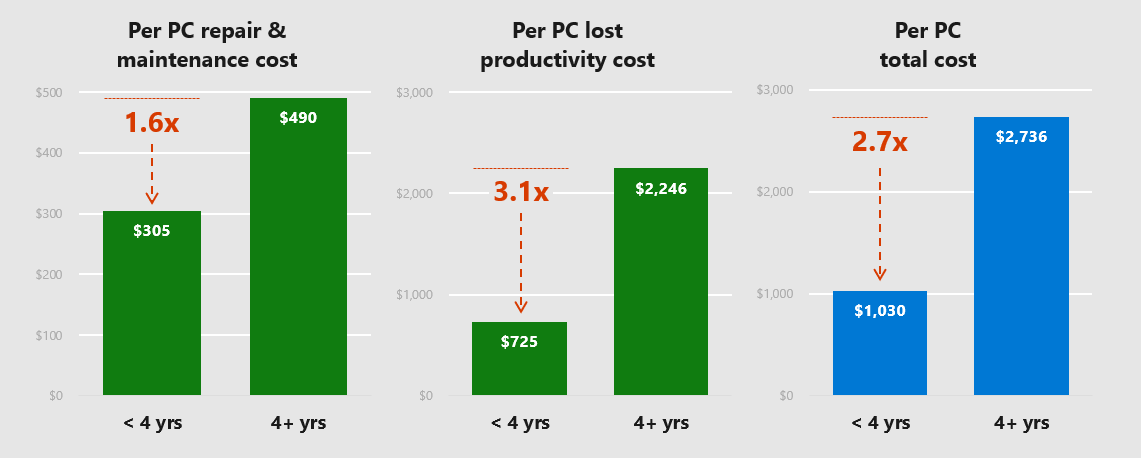The question of whether an SMB IT buyer benefits most from a strategy of working with a single or primary supplier responsible for integration and management of all resources, or whether it is better to procure individual components, systems and services from a larger group of ‘best of breed’ suppliers, is nearly as old as IT itself. The question is especially important to SMBs, which generally have limited internal resources, and would benefit from third party integration and streamlined procurement processes. Techaisle has observed a trend towards a more holistic procurement strategy as small businesses encounter increasing requirements for cross-product integration supporting digital business practices and develop greater appreciation for the value of a trusted technology advisor.
Preference for a single supplier
Over time, Techaisle’s SMB research has consistently found that a large proportion of SMB buyers would be comfortable dealing with a single primary vendor if that firm was able to supply all of the technology required to deliver on the full scope of IT/business requirements. Taken as a whole, the commentary from those in favor of a single supplier strategy highlight three imperatives:
- Breadth of product portfolio matters
- Services matter
- Economics matter
The SMB IT solution stack
Figure below illustrates the Techaisle SMB & Midmarket IT solution stack. It is comprised of four main sections. At its core, the stack defines an SMB’s core systems (compute infrastructure) requirements. The software stack is positioned at the top of the systems components. The left-hand side of the figure highlights major categories included in the services stack. The right-hand side of the figure contains many of the major categories that comprise the security stack. A clearly-defined IT stack matters to a definition of what the ‘art of the possible’ looks like in the SMB IT world.












